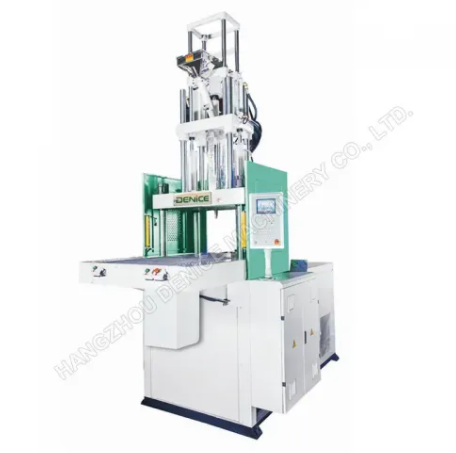How Does a Plastic Injection Molding Machine Work?
A plastic injection molding machine is a key player in the manufacturing process of plastic parts. Understanding its functionality and operation is essential for those involved in the industry. In this article, we will explore the inner workings of a horizontal plastic injection molding machine, discussing each step of the process to provide a comprehensive understanding of how it works.
The Basics of a Horizontal Injection Molding Machine:
A horizontal injection molding machine consists of several components working together to achieve the desired outcome. These components include the injection unit, the clamping unit, and the control system. Let's dive into each of these aspects in detail.
Injection Unit:
The injection unit is responsible for melting and injecting the plastic material into the mold. It comprises a hopper, a heating cylinder, a reciprocating screw, and a nozzle. The process begins with plastic pellets being fed into the hopper, which then travel into the heating cylinder. Inside the cylinder, the plastic is melted by heat generated from electric heaters or oil heaters. The molten plastic is then forced into the mold through the reciprocating screw and the nozzle.
Clamping Unit:
The clamping unit ensures that the mold remains securely closed during the injection process. It consists of a movable platen and a stationary platen, which hold the mold in place. Hydraulic or electric systems apply force to the clamping unit, ensuring sufficient pressure to keep the mold closed during injection. The clamping force is determined by the size and complexity of the part being produced.
Control System:
The control system of a horizontal injection molding machine coordinates and regulates the entire process. It manages parameters such as injection speed, temperature, pressure, and cycle time. The control system also monitors and adjusts the machine's performance, ensuring consistency and accuracy throughout production.
The Injection Molding Process:
The injection molding process can be divided into several stages, each playing a vital role in creating a high-quality plastic part. These stages include clamping, injection, dwelling, cooling, and ejection. Let's explore each stage briefly:
a. Clamping: The mold is securely closed, and the clamping unit applies the necessary force to keep it in place.
b. Injection: The molten plastic is injected into the mold cavity under high pressure, filling it completely.
c. Dwelling: The molten plastic is allowed to cool and solidify inside the mold, maintaining pressure to compensate for shrinkage.
d. Cooling: The mold is cooled to a temperature that allows the plastic to solidify further, ensuring dimensional stability.
e. Ejection: Once the plastic has solidified, the mold opens, and the finished part is ejected from the mold cavity.
Advancements in Horizontal Injection Molding Machines:
Horizontal injection molding machines have seen significant advancements over the years. These include improved control systems, energy efficiency, precision, and automation capabilities. Today, machines offer faster cycle times, reduced material waste, and enhanced part quality, meeting the evolving demands of the industry.
Conclusion:
A horizontal plastic injection molding machine is a complex piece of equipment that enables the efficient production of plastic parts. Understanding its operation, including the injection unit, clamping unit, and control system, is crucial for manufacturers and professionals in the field. By grasping the fundamentals and the injection molding process, one can appreciate the advancements that have revolutionized the industry. Whether it's creating intricate components or high-volume production, the plastic injection molding machine remains a key player in the world of manufacturing.




